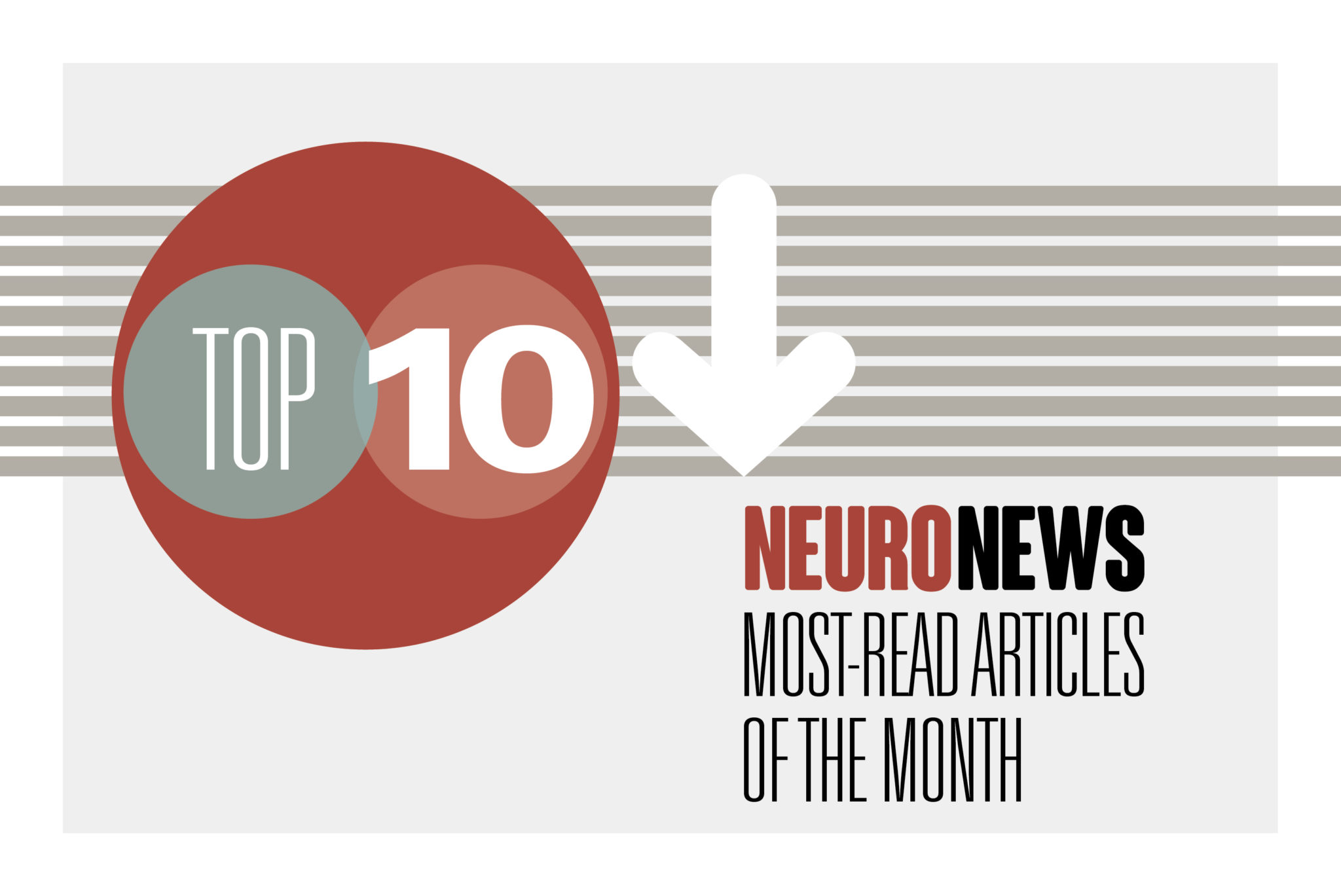 The biggest stories from this year’s European Society of Minimally Invasive Neurological Therapy (ESMINT) annual congress (3–5 September, Marseille, France) feature prominently in NeuroNews’ latest top 10, as do exclusive insights on a new technology potentially akin to “an AED [automated external defibrillator] for stroke”, as well as a major update from the US Food and Drug Administration (FDA) regarding adverse event data.
The biggest stories from this year’s European Society of Minimally Invasive Neurological Therapy (ESMINT) annual congress (3–5 September, Marseille, France) feature prominently in NeuroNews’ latest top 10, as do exclusive insights on a new technology potentially akin to “an AED [automated external defibrillator] for stroke”, as well as a major update from the US Food and Drug Administration (FDA) regarding adverse event data.
1. J&J highlights neurovascular advances at ESMINT 2025 following CE-mark approval for Cereglide 92
Johnson & Johnson (J&J) MedTech highlighted its latest clinical and technological advancements recently at the ESMINT annual congress—including via an encore podium presentation of the MEMBRANE study utilising the company’s Trufill n-BCA liquid embolic agent in middle meningeal artery (MMA) embolisation, and a scientific symposium focused on the Cereglide 92 device.
2. CONTRA study provides encouragement on use of Contour device in ruptured aneurysms
New data from the CONTRA study—presented for the first time by Jens Fiehler (Hamburg, Germany) at the 2025 ESMINT annual congress—suggest that the Contour intrasaccular system (Stryker) can be safely and effectively utilised in the treatment of ruptured intracranial aneurysms.
3. Medtronic Neurovascular names Adam Arthur as new chief medical officer
Medtronic Neurovascular has announced the appointment of Adam Arthur as its chief medical officer, effective 30 September 2025. A company press release states that Arthur brings more than 20 years of experience as a practising neurosurgeon, having previously served as chair of neurosurgery at the University of Tennessee Health Science Center (Memphis, USA).
4. Could “mechanical thrombolysis with an acoustic scalpel” enable the true democratisation of stroke care?
Ten years ago, mechanical thrombectomy demonstrated safety and superior efficacy to the prior standard of care in acute ischaemic stroke across a series of randomised clinical trials, and very few people would argue that the field has witnessed a comparably significant advance in the decade since. However, if the positive signals being reported by innovative startup Quantanosis continue to deliver on their early promise, Ameer Hassan (Harlingen, USA)—the company’s co-founder and chief executive officer (CEO)—believes the stroke field could be about to witness its most groundbreaking development for quite some time.
5. Sentante stroke system receives US FDA Breakthrough Device designation
Sentante recently shared that the US FDA has granted Breakthrough Device designation for the company’s robotic stroke system. A press release details that the Sentante stroke system allows for the remote delivery and manipulation of endovascular devices to remove thrombus from intracranial vessels.
6. Dual-layer stent retrievers may carry benefits in treatment of cancer-related strokes
Dual-layer stent retrievers—as opposed to traditional single-layer alternatives—may offer improved first-pass effect (FPE) rates and more complete recanalisation outcomes when utilised as a first-line treatment option in cancer-related strokes. That is according to new research presented by Jaeseob Yun (Daegu, South Korea) at this year’s ESMINT annual congress.
7. Gravity’s Supernova stent retriever gains approval in India
Gravity Medical Technology has announced that its Supernova revascularisation device—a stent-based thrombus retrieval device—has received regulatory approval in India. The approval follows the successful completion of the GRASSROOT India clinical trial, the results of which will be presented later this year at a global conference.
8. Endovascular treatment of intradural CTOs demonstrates technical success and promising clinical outcomes
Endovascular therapy (EVT) appears to be a technically feasible approach that may also produce positive clinical outcomes in the treatment of symptomatic intradural chronic total occlusions (CTOs), according to Re-CHILL study findings disclosed for the first time at the 2025 ESMINT annual congress by Petra Cimflová (Bern, Switzerland).
9. New physician preference data on Sofia Flow 88 aspiration catheter revealed at ESMINT 2025
Terumo Neuro has unveiled new, real-world physician preference data from the Europe, Middle East and Africa (EMEA) region on the Sofia Flow 88 aspiration catheter. The data—presented publicly for the first time at this year’s ESMINT annual congress—demonstrate a “strong performance” compared to other aspiration catheters in key performance metrics including trackability, navigation, and overall physician-rated experience, Terumo Neuro claims.
10. US FDA begins ‘real-time’ reporting of adverse event data
The US FDA recently announced that it has begun daily publication of adverse event data from the FDA Adverse Event Reporting System (FAERS). The agency says that “this represents a significant step forward in modernising the agency’s safety monitoring infrastructure, and demonstrates its commitment to radical transparency and real-time protection of public health”.








